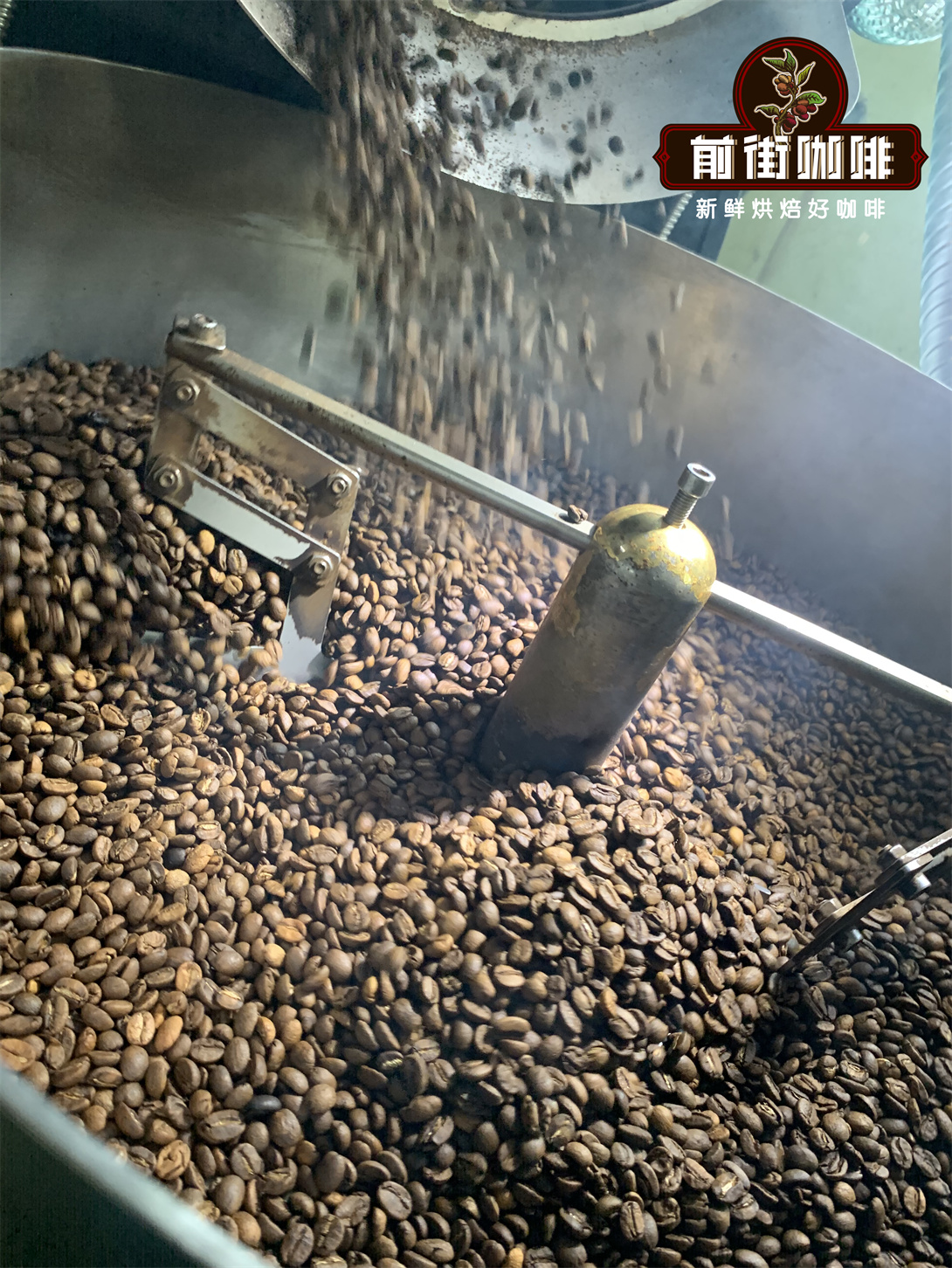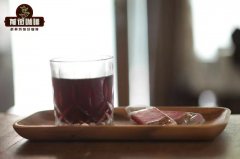How to divide the roasting degree of coffee beans? In fact, the baking degree has little effect on caffeine.
Many people have a myth: is there more caffeine in deep-roasted coffee beans? What kind of coffee is suitable for different coffee beans? The following helps you sort out many novice myths about coffee beans, hoping to help you understand your favorite coffee taste and find your favorite coffee beans to make coffee next time you go to the mall.
Does baking have something to do with caffeine? In fact, the degree of roasting does not have much effect on caffeine, but mainly affects the color, aroma and taste of coffee beans.
Such as a cup of hand coffee and an ounce of espresso. Hand-brewed caffeine > espresso caffeine, so ice drop coffee contains more caffeine than any other kind of coffee, and an 8-ounce dose of ice drop caffeine is high because of the high water / powder ratio and long brewing time.
Shallow baking, medium baking, deep (heavy) baking
It can be subdivided into 8 stages.
And the difference of baking degree varies with different regions.
The following describes the degree of baking and flavor:

Light Roast: very shallow baking
Time to drop beans: the wind before and after the explosion.
Temperature: 205 degrees
The bean table is light cinnamon color, with a strong grassy taste, lack of taste and aroma
Seldom for tasting.
Cinnamon Roast: shallow baking
Time to drop beans: an explosion begins to a dense wind.
Taste: the bean surface is cinnamon color, at this time the smell of grass has been removed, strong acidity, slightly fragrant
Often used for brewing
Medium Roast: medium baking
The time of dropping beans: the wind from the explosion to the end
Temperature: 210 degrees
The taste bean is chestnut color, the taste is light, sour and bitter, the aroma is moderate, and the original flavor of coffee bean is retained.
Often do
High Roast: moderate micro-deep baking
Time to drop beans: wind at the end of the first burst
The bean surface is light reddish brown, the taste is refreshing and rich, the sour and bitter balance is not irritating, and it is slightly sweet, and the aroma and flavor are good. Blue Mountain and Kilimanjaro coffee are suitable for this roasting degree.
Loved by people from Japan and Central and Northern Europe
City Roast: medium and deep baking
Time to drop the beans: after the first burst, that is, the first or second explosion of the middle wind.
Temperature: 230 degrees
The bean surface is light brown, the taste is bright and lively, the acidity between sour and bitter balance is light, and it releases the high quality flavor of coffee, which is the standard baking degree and the favorite baking degree of the public.
Brazilian and Colombian coffee are suitable for this roasting degree.
Often used in French coffee
Full City Roast: micro-depth baking
Deep baking
Time to drop beans: the second burst wind
Taste: the bean surface is brown, the taste is calm and full, the bitter taste is stronger than the sour taste, the aftertaste is sweet and the aroma is full.
For the Central and South American baking method
Make more iced coffee and black coffee.
French Roast: very deep baking
That is, deep baking
The time of dropping beans: from the second explosion to the end of the second explosion.
The bean is dark brown and black, strong, bitter, sour and almost senseless, with rich chocolate and smoky aromas.
For Europe, France is the most popular.
Such as coffee Oulei, Viennese coffee Italian Roast: very deep roasting
That is, deep baking
Time to drop the beans: the second explosion ends until the bean table turns black and gives off oil.
Taste: the bean surface is black and glossy. Before carbonation, the coffee bean fiber has a strong, complex, bitter taste with strong roasting and scorching aroma.
Mainly popular in Latin countries and Italy
Make more Italian coffee and use Espresso
Important Notice :
前街咖啡 FrontStreet Coffee has moved to new addredd:
FrontStreet Coffee Address: 315,Donghua East Road,GuangZhou
Tel:020 38364473
- Prev

What are the reasons for caffeic acid? what are the factors that affect the acidity of coffee?
Is the coffee acidic? Is that why I have nausea and acid reflux every day? Yes, coffee contains some acids, which play an important role in its flavor. Unfortunately, some of these acids can cause heartburn in some coffee lovers. A number of studies have shown that coffee relaxes your lower esophageal sphincter. This will increase your chances of heartburn because of it
- Next

The difference between Manning and Huakui can Mantenin Coffee and Sakuran Coffee be used as mixed beans
We know that Manning Coffee, which is produced in Sumatra, Indonesia, is known for its herbaceous flavor and mellowness. The planting area of coffee plants, the altitude of plant growth, the climate of plant growth and the way coffee beans are harvested and processed will all affect the flavor of the final coffee products.
Related
- What brand of black coffee is the most authentic and delicious? what are the characteristics of the flavor of the authentic Rose Summer Black Coffee?
- Introduction to the principle and characteristics of the correct use of mocha pot A detailed course of mocha pot brewing coffee is described in five steps.
- Which is better, decaf or regular coffee? how is decaf made?
- How much is a bag of four cat coffee?
- How about four Cat Coffee or Nestle Coffee? why is it a cheap scam?
- Which is better, Yunnan four Cats Coffee or Nestle Coffee? How about cat coffee? is it a fake scam? why is it so cheap?
- How about Cat Coffee? what grade is a hoax? which instant coffee tastes better, four Cat Coffee, Nestle Coffee or G7 coffee?
- Process flow chart of coffee making-Starbucks coffee making process what coffee tastes good at Starbucks
- The top ten best coffee beans in the world Rose summer coffee or Tanzanian coffee tastes good
- Yunnan four cat coffee is good to drink?_four cat coffee is a big brand? four cat blue mountain coffee is fake?

